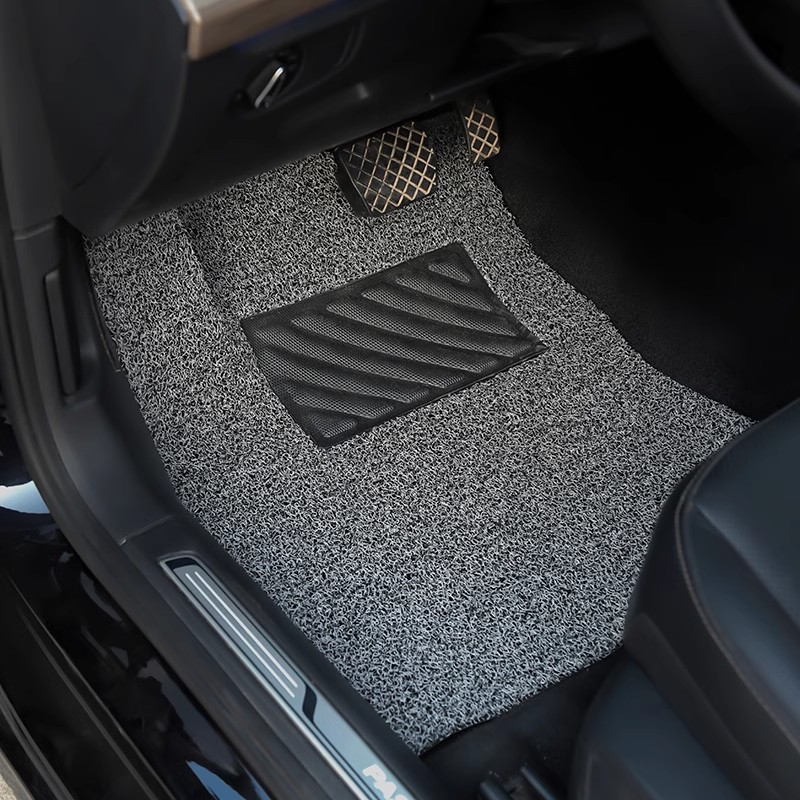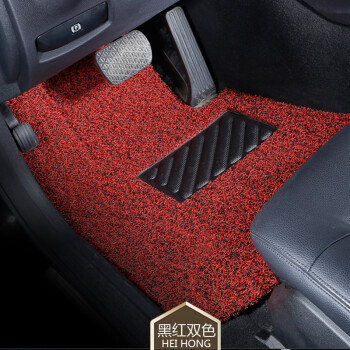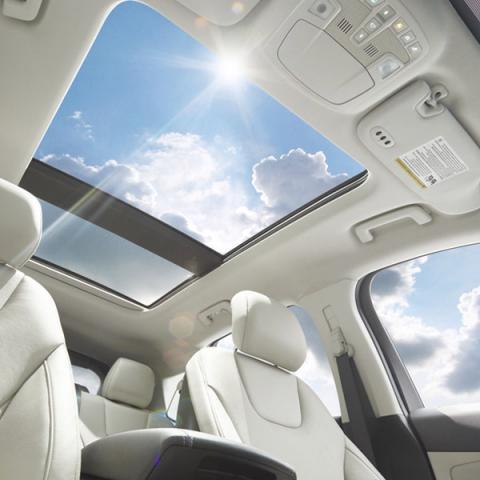Car upholstery fabrics play a crucial role in the overall aesthetics and comfort of a vehicle’s interior. The choice of fabric can significantly impact the durability, appearance, and feel of the car seats and interior surfaces. One method that has gained popularity in recent years for enhancing the quality and durability of car upholstery fabrics is felting needle technology.
Felting needle technology involves the use of specialized needles to interlock and entangle fibers to create a dense and durable fabric. This process is commonly used in the production of high-quality upholstery fabrics for various applications, including automotive interiors. The use of felting needle technology in car upholstery fabrics offers several benefits, including improved strength, durability, and aesthetic appeal.
One of the key advantages of felting needle technology in car upholstery fabrics is its ability to create a dense and compact fabric structure. The interlocking of fibers through the felting needle process results in a fabric that is highly resistant to wear and tear, making it ideal for use in high-traffic areas such as car seats. This enhanced durability ensures that the upholstery fabric maintains its appearance and integrity over an extended period, even in the face of constant use and exposure to various environmental factors.
In addition to improved durability, felting needle technology also allows for the creation of unique and visually appealing fabric designs. The entanglement of fibers through the felting needle process enables the incorporation of intricate patterns, textures, and designs into the fabric, enhancing its aesthetic appeal. This is particularly beneficial for car upholstery fabrics, as it allows for the creation of visually striking and stylish interiors that reflect the vehicle’s brand and design ethos.
Furthermore, felting needle technology enables the production of car upholstery fabrics with enhanced comfort and tactile properties. The dense and compact fabric structure created through the felting needle process results in a fabric that is soft, smooth, and comfortable to the touch. This is essential for car interiors, as it contributes to a more enjoyable and comfortable driving experience for passengers and drivers alike.
Another significant advantage of felting needle technology in car upholstery fabrics is its compatibility with a wide range of fiber types. This versatility allows for the creation of upholstery fabrics that meet specific performance and aesthetic requirements, catering to the diverse needs of automotive manufacturers and consumers. Whether it’s natural fibers such as wool or synthetic fibers like polyester, felting needle technology can be applied to create high-quality car upholstery fabrics that offer the desired combination of durability, comfort, and visual appeal.
Moreover, the use of felting needle technology in car upholstery fabrics contributes to environmental sustainability. The process of interlocking fibers through felting needles eliminates the need for chemical binders and adhesives commonly used in traditional fabric production methods. This results in a more environmentally friendly and sustainable approach to fabric manufacturing, reducing the overall environmental impact of car upholstery production.
In conclusion, felting needle technology offers numerous benefits for the production of car upholstery fabrics, including improved durability, enhanced aesthetic appeal, and environmental sustainability. By leveraging the unique properties of felting needle technology, automotive manufacturers can create high-quality upholstery fabrics that meet the demanding requirements of modern vehicles while providing a comfortable and visually appealing interior environment for drivers and passengers. As the automotive industry continues to evolve, felting needle technology is poised to play a pivotal role in shaping the future of car upholstery fabrics, driving innovation and excellence in automotive interior design and manufacturing.



Post time: Apr-24-2024
